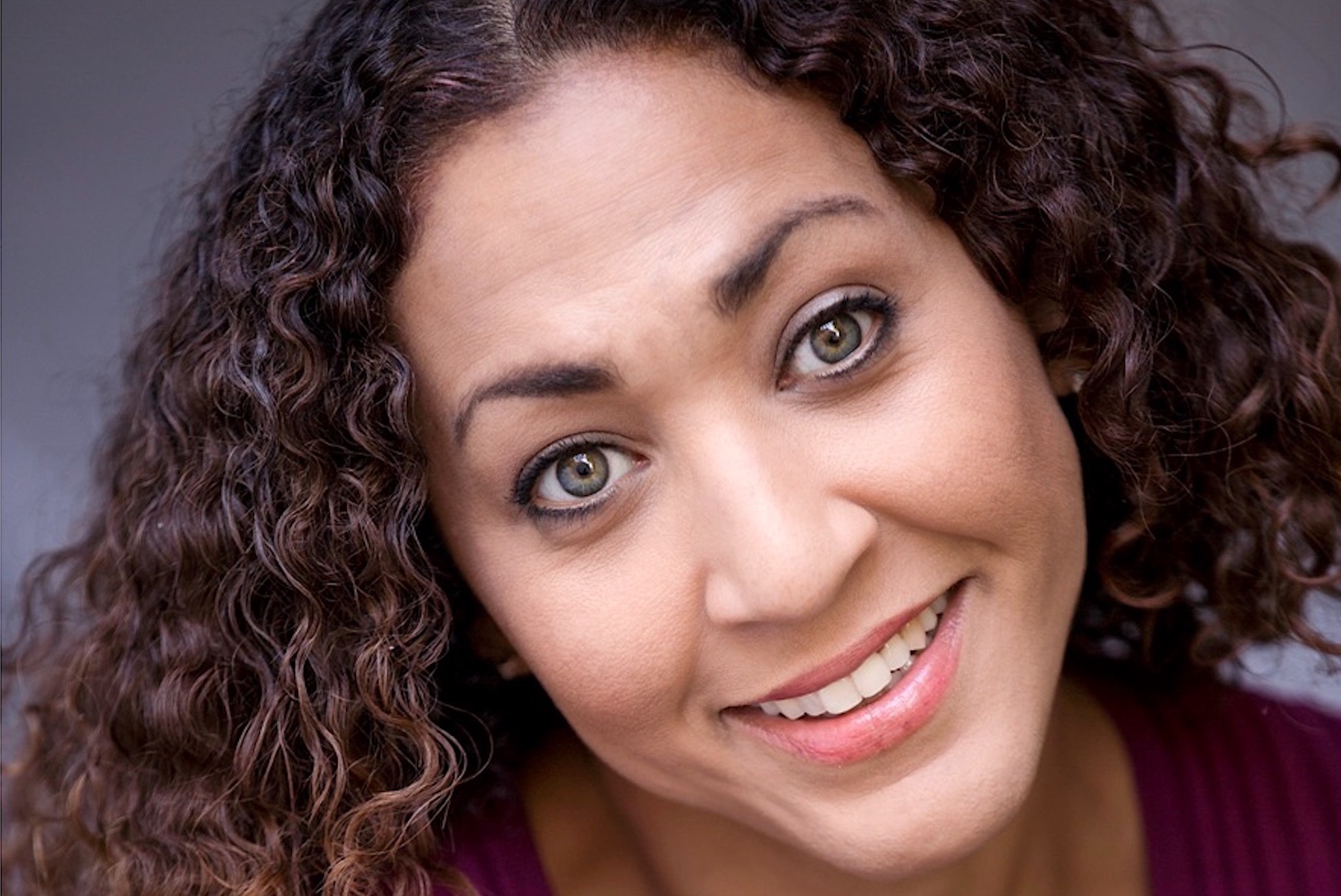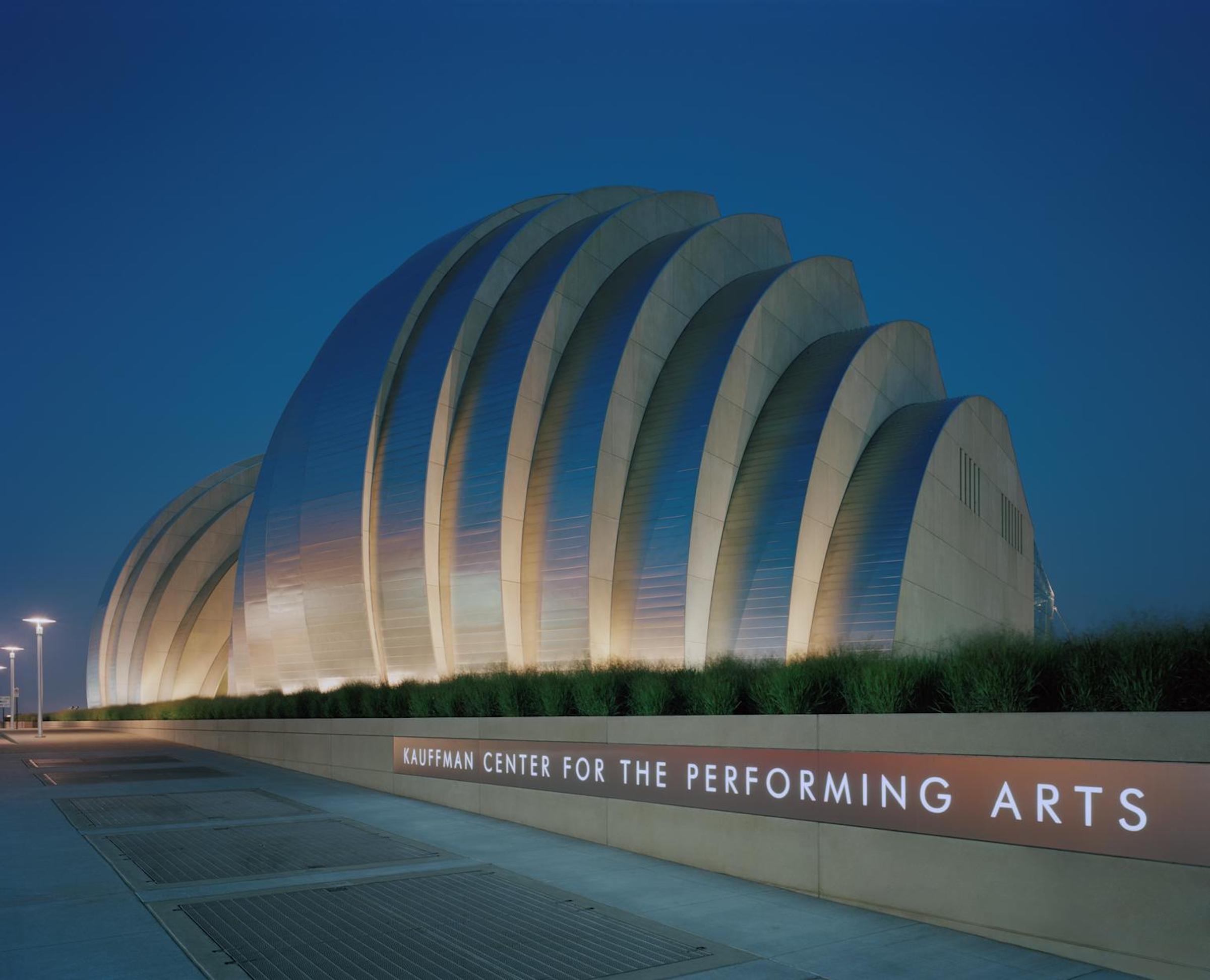AN AMERICAN BALLET: KCB Presents World Premiere of Ambitious New Piece
At first glance Mark Twain’s Tom Sawyer might not seem an obvious choice for a novel on which to base a full-length ballet, and I confess that I approached William Whitener’s and Maury Yeston’s Tom Sawyer: A Ballet in Three Acts with some skepticism. But, wow. On October 14th the ambitious piece opened the Kansas City Ballet’s season in its world premiere at the Kauffman Center, and it is an unequivocal delight – bold and varied and bursting with youthful energy, and featuring the widest array of choreography by Whitener and a musical score of great ingenuity by the Tony Award-winning Yeston.
The structure of the piece is tidy and clear: Act 1 introduces us to the main characters and includes the fence-painting, Tom and Becky in class and the storm, bringing the action to a wittily satisfying close when Tom and Huck attend their own funeral. Act 2, which takes place mostly in the graveyard, is an enormously inventive set of “variations” a la classical ballet: While Tom and Huck watch from stage right, all manner of Fireflies, Goblins, Ghosts and Sprites dance spooky-fun ensembles, culminating in a complex and sophisticated solo by Aisling Hill-Connor as a Stone Angel. The Third Act includes the trial, Tom’s testimony, Joe’s comeuppance, getting lost in the cave, and a final celebration of the river.
This Tom Sawyer is, fundamentally, a ballet, and thus classical dance stands at the heart of the piece: For this reason Alexander Peters excelled in the title role, as he has a clean, strong foundation in ballet. But there’s plenty more in the mix, from folk-like round dances to quirky Appalachian Spring hops and leaps, with suggestions of hyperactive, Tharp-like looseness. The “variations” in Act 2 featured an unfolding of the most appealing array of dance, accompanied by waltzes, marches, rags and even the occasional Latin beat. At one point there was a pas de trois of dancing gravestones, in a beautiful melding of musical edginess and comically angular dance. A dulcet, invisible youth chorus (courtesy of Liberty High School) lent a sort of haunting,Nutcracker moment to the proceedings.
Peters and his companion, the florid Laura Wolfe as Becky, danced two substantial pas de deux, the tentative, getting-to-know-you dance of Act 1 and a more discursive and affectionate Dance of True Love in Act 3. Wolfe proved a worthy partner to Peters, shy at first but becoming more confident as Tom himself began to mature and leave childhood behind; their emotional chemistry was palpable, and it helped form a sort of dramatic core to the story. Charles Martin was a gently lackadaisical Huck Finn, andMichael Eaton – with hair looking like Milli Vanilli – lent athletic malevolence to the role of Injun Joe. The entire company played townspeople, preachers, teachers, sheriffs and so on, and a number of children from the KC Ballet School performed admirably.Arielle Espie was aptly saucy as the bold Amy, trying to woo Tom away from Becky. Karen P. Brown, the company’s ballet mistress, was choice as a domineering, dotty Aunt Polly. Whitener’s choreography has been worked out in fascinating detail and enormous density, with plenty to keep the eye busy at all times. If at times the child-like gestures became a tad gee-whizzy, the only real oddity in the show, for me, was the unison of Macarena-like arm gestures in the courtroom scene.
Yeston’s musical style is deeply rooted in the classic Broadway tradition, with strikingly singable themes for each character, mood or emotion – soaring melodies for the love couple, bouncy ditties for the comic moments of Act 1, sinister themes for the bad guys. The orchestration (by Hollywood veteran Brad Dechter) is uncommonly rich and colorful, using the full complement of the orchestra. If at some places the music strays into treacle, it features several quite memorable tunes that I feel will help ensure this piece a long life on the stage. I especially liked the music for the Stone Angel sequence, and the Coplandesque opening of Act 3, whose expansive sound suggested the wide-open American West.
Walt Spangler’s spare set designs featured schematic building-frames that would lower from the rafters to suggest houses, the church, the school, the courthouse – as well as an angled fence for Act 1 that could be picked up and carried by the dancers. (The billowy waves for Act 3 meant to look like the Mississippi appeared more like the sea to me, though.) Holly Hynes’ simple costumes seemed spot-on to me, authentic to the setting but not too cornball-countrified. Kirk Bookman’s masterful lighting kept things cheerful in Act 1 and muted in Act 2, and lent warmth to the final scenes on the river.
The orchestra of Kansas City Symphony musicians performed in the pit under Ramona Pansegrau’s direction, giving me the chance to hear, once again, the acoustical fluke of the Muriel Kauffman Theatre that I’d already noticed at the Lyric Opera’sTurandot: From the Orchestra level, at least, the outer edges of the orchestra pit send sound up into different parts of the hall, which means they often reach your ears at different times. It’s disconcerting. Whether anything can be done about it at this point remains unclear, but it made me wonder whether the Kauffman Center should have lavished some of the same acoustic science on the opera/ballet theater that it did on Helzberg Hall next door.
Features

Tyrone Aiken danced prodigiously as a youth, trained at The Ailey School as a young adult, worked as a professional dancer at the height of the New York dance ferment,…

CAROLINE DAHM Dancer, choreographer, producer, master teacher, adjunct dance professor at The UMKC Conservatory, assistant director at Wylliams/Henry Contemporary Dance Company What I love about the Kansas City performing-arts scene: Kansas…

It’s difficult to remember what the Kansas City skyline looked like 20 years ago, before the Kauffman Center for the Performing Arts began to take shape at 16th and Broadway.…






